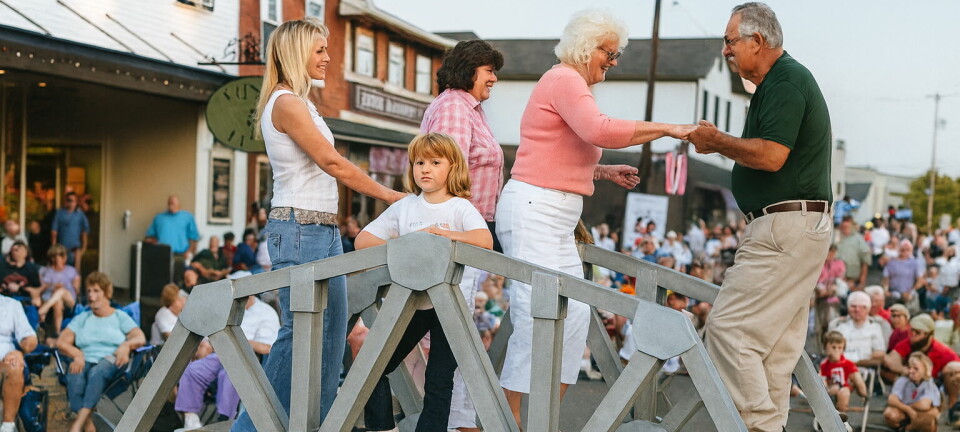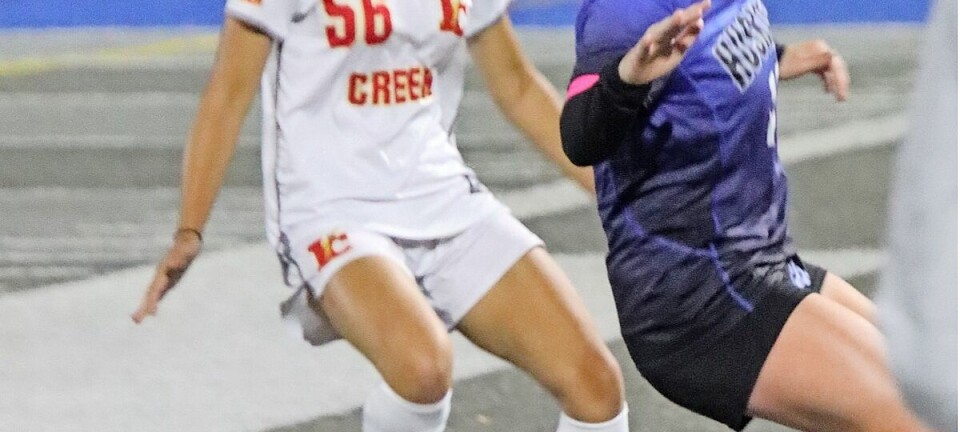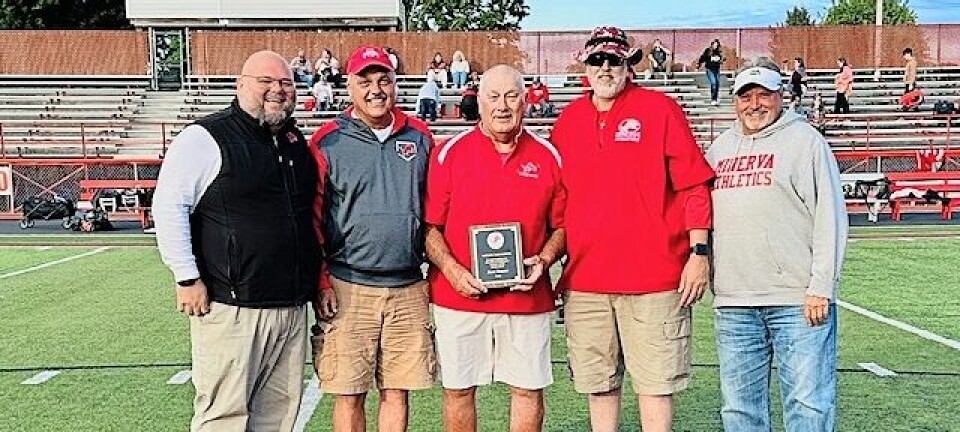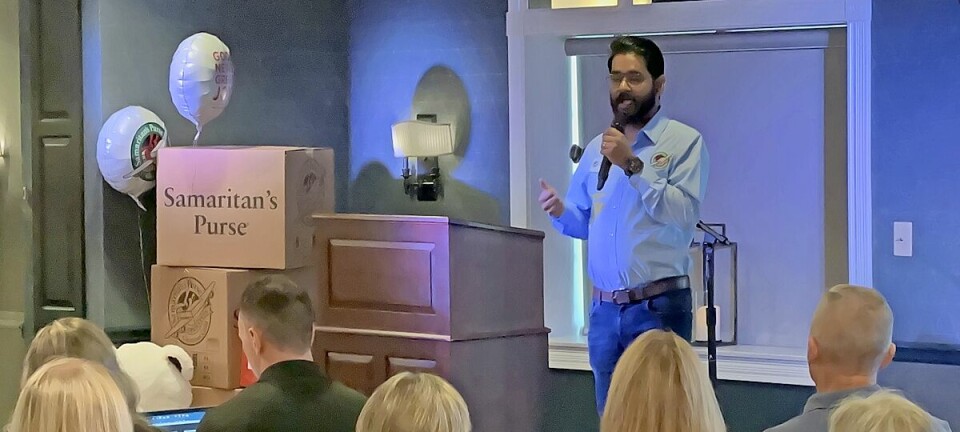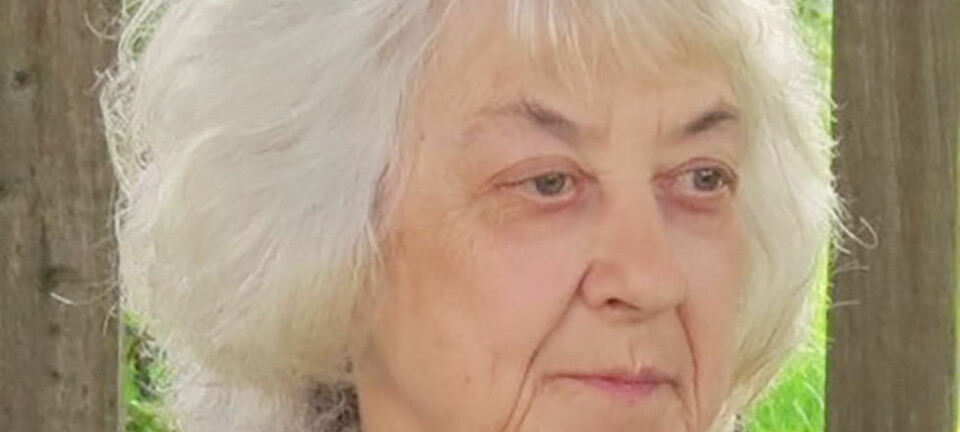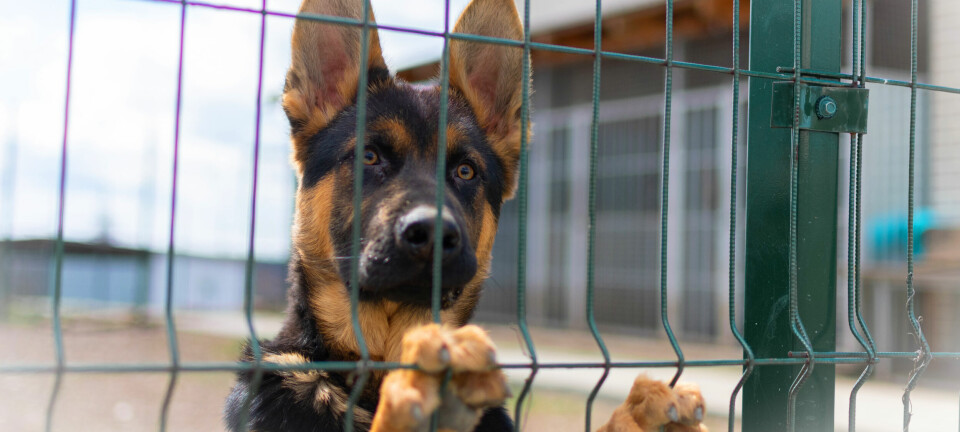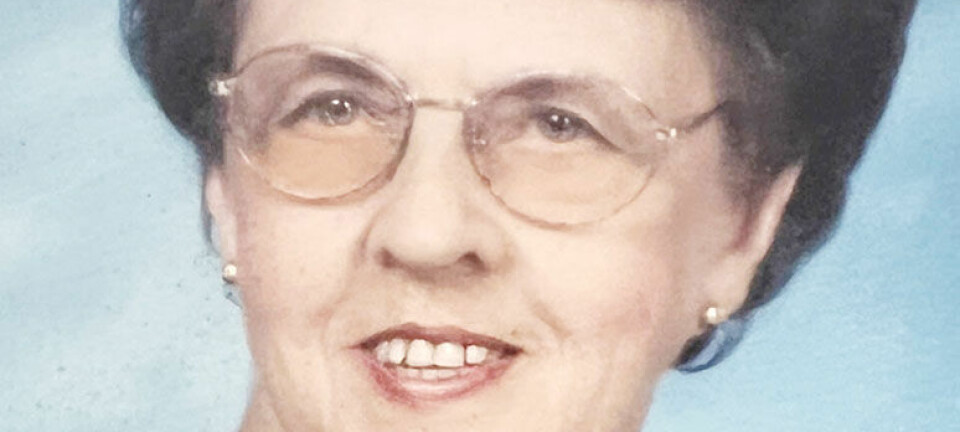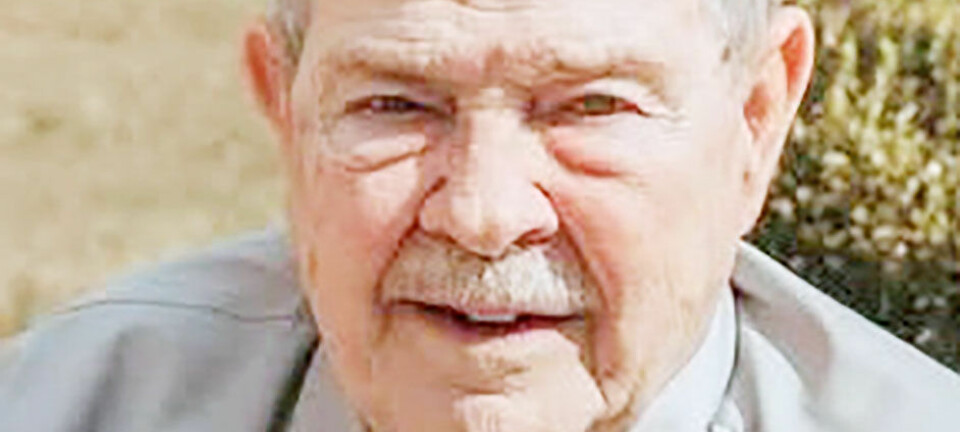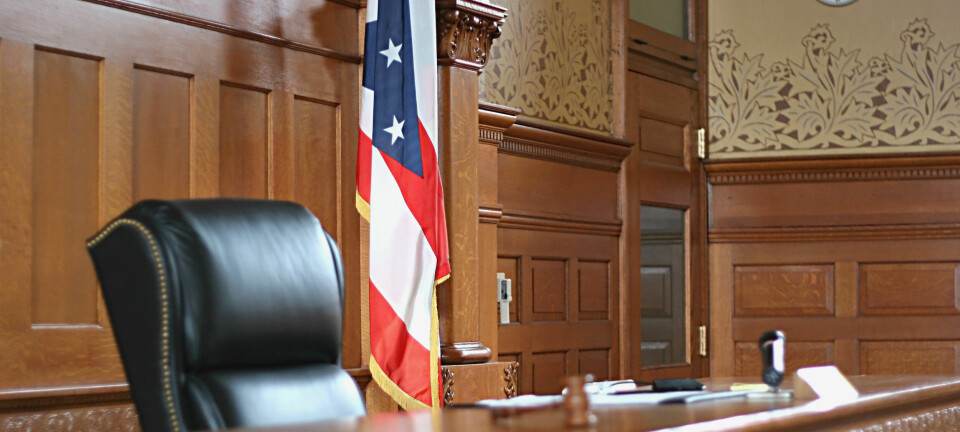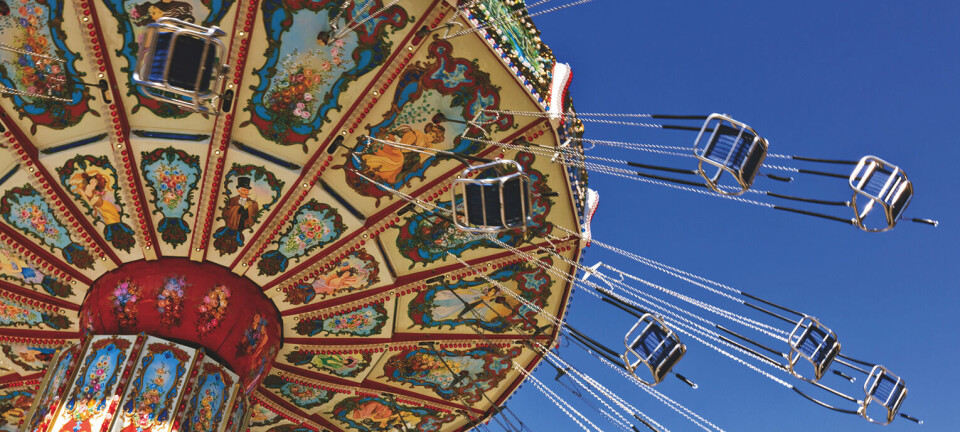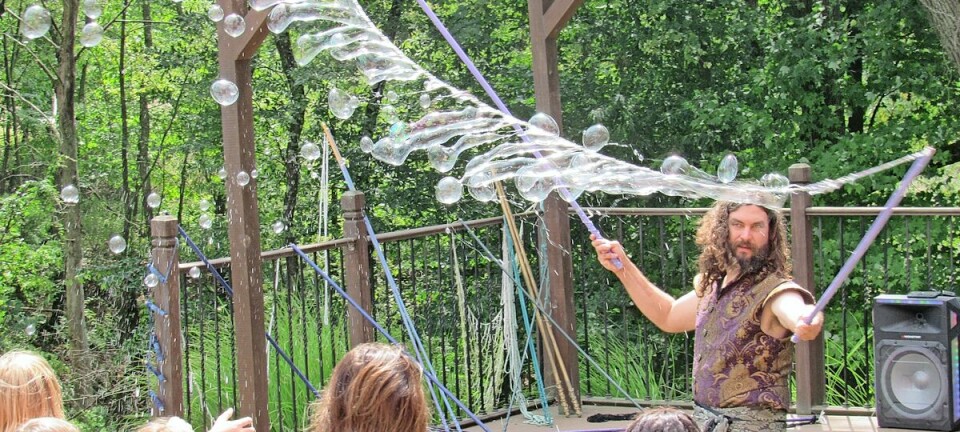Remembering when Dalton High’s marching band was all girls
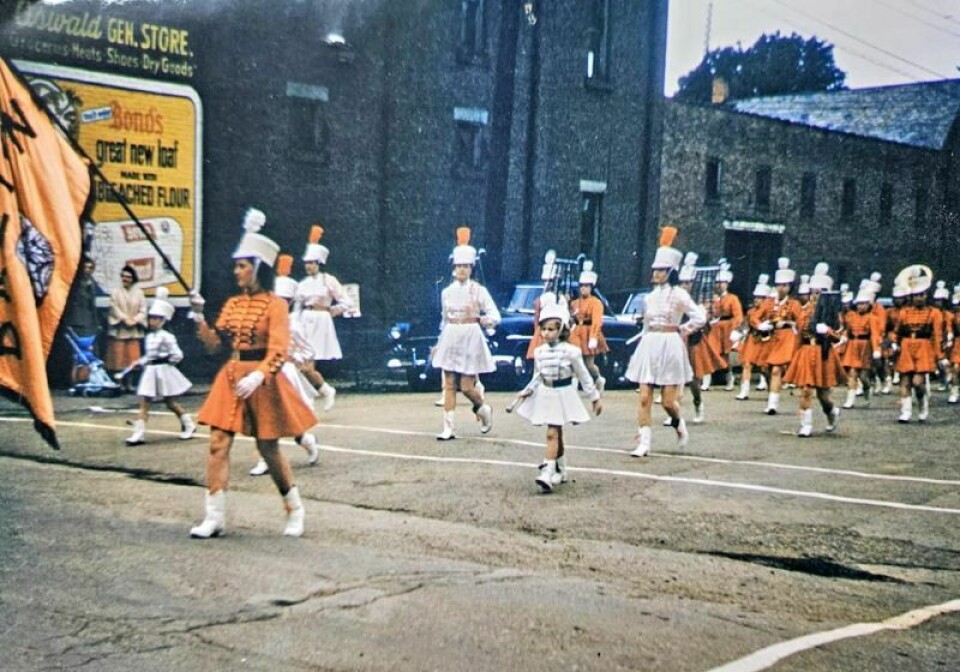
It’s hard to imagine a high school marching band not being a co-ed organization. Once upon a time in Dalton, though, that was precisely the case.
It may not be what you’re thinking, though. Not co-ed, in most times gone by, meant boys only. Dalton’s band was the opposite.
Beginning in the late-1940s and remaining that way for two decades, the Dalton marching band was an all-girl unit.
“The director couldn’t get any of the boys to come out,” said Vickie Menges, an all-girl band member from seventh grade through her high school graduation in the early-1960s. “They all went to football practice.”
Or worked on the farm, which was as important then as now, maybe even more so, during football season, when most of a marching band’s activities were carried out.
“They didn’t have any time to come out for practice,” Menges said of her male counterparts.
So led by Director Vic Gerber, the band stayed an all-female entity. Even by the standards of the time, that was unique. Menges said there were other all-girl bands here and there but only a handful.
“We were one of the few all-girl bands in the country,” Menges said. “If you were in the Dalton all-girl band, you were really proud of it.”
Go to most high school stadiums on a Friday night these days and you’ll see and hear a lot of similar things. Bands these days tend to play band-treated pop music from recent years.
Most play competition-style shows, so there’s not as much marching as in days gone by. The shows seldom change from week to week, and many bands have “lyres” attached to their instruments.
In the all-girl band era, bands spent the early part of the week memorizing music, so there was no taking their charts onto the field. They also had different choreography each show.
“We did not carry music; we memorized our songs,” Menges said. “Everything was memorized. We got into dancing later on. We danced when we played the songs. There were marches we would play.
“You just knew that when the drummers went into their little drum roll what song was coming up next. You memorized the program for the Friday night show. That was done every week.”
The band also used to march from the high school on Main Street as part of a Halloween program, part of an annual costume contest.
“It’s just so much different than it is now,” Menges said.
The band one year during Menges’s tenure had an opportunity to accompany Massillon’s swing band to Pasadena for the Rose Bowl parade. Menges said Gerber did not want to have to send his troops out, begging for the large amount of money needed to make the trip, so he turned it down. The invitation, though, was an indication of how well thought of the band was.
Like all good things, the all-girl band went by the wayside. This did not sit well with its members, nor did the reason for its dissolution.
“It was a little upsetting,” Menges said. “There was one boy that his parents wanted him to be in the football band. So they let him in, and that … ”
Menges wouldn’t say he ruined it, but she didn’t dispute the notion.
“The thing of it is, there is now a scholarship in this boy’s name,” she said.
Fast forward more than half a century. Dalton’s marching band now numbers around 60 members. The all-girl band in its heyday had about four dozen members.
“We had eight rows of six across,” Menges said. “We had majorettes but no flag girls. Later on they put two little girls that wore the uniform; they were in the fifth grade. They were called mascots. We had tubas, sax, clarinets, flutes, bells, trombones. We were a typical band except we were all girls.”
All the other local bands had boy-girl memberships.
In the 50-plus years that have passed since the all-girl band stopped being an all-girl band, there have been no reunions or get-togethers.
“I’m back in Dalton now, so I see the different girls, a lot of them that were in the band before me or after me,” Menges said. “Sometimes we talk about it.”
And they may be the only ones.
“Right now hardly any of the kids know about it,” Menges said.
The memories remain, though, and in the Dalton Historical Society Museum, plenty of those memories are still on display for anyone who wants to see them. They’re definitely a source of pride for Menges and her compatriots, whose numbers are shrinking. She wants to make sure they’re not forgotten.
“In the museum we have a pretty large display of all-girl band uniforms,” she said. “People will just glance over it and say, ‘What was that?’ They don’t realize how important it was to have that.”


